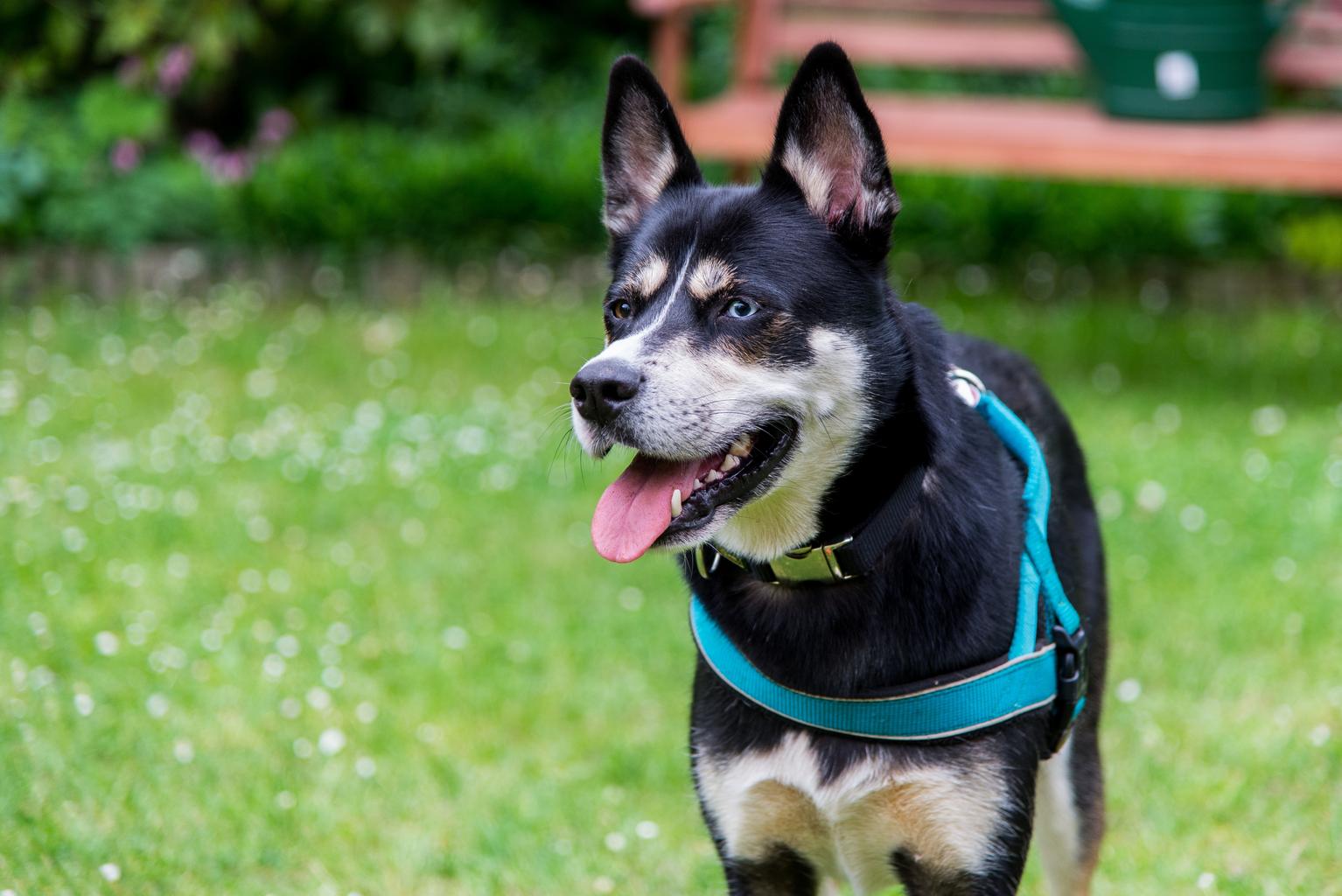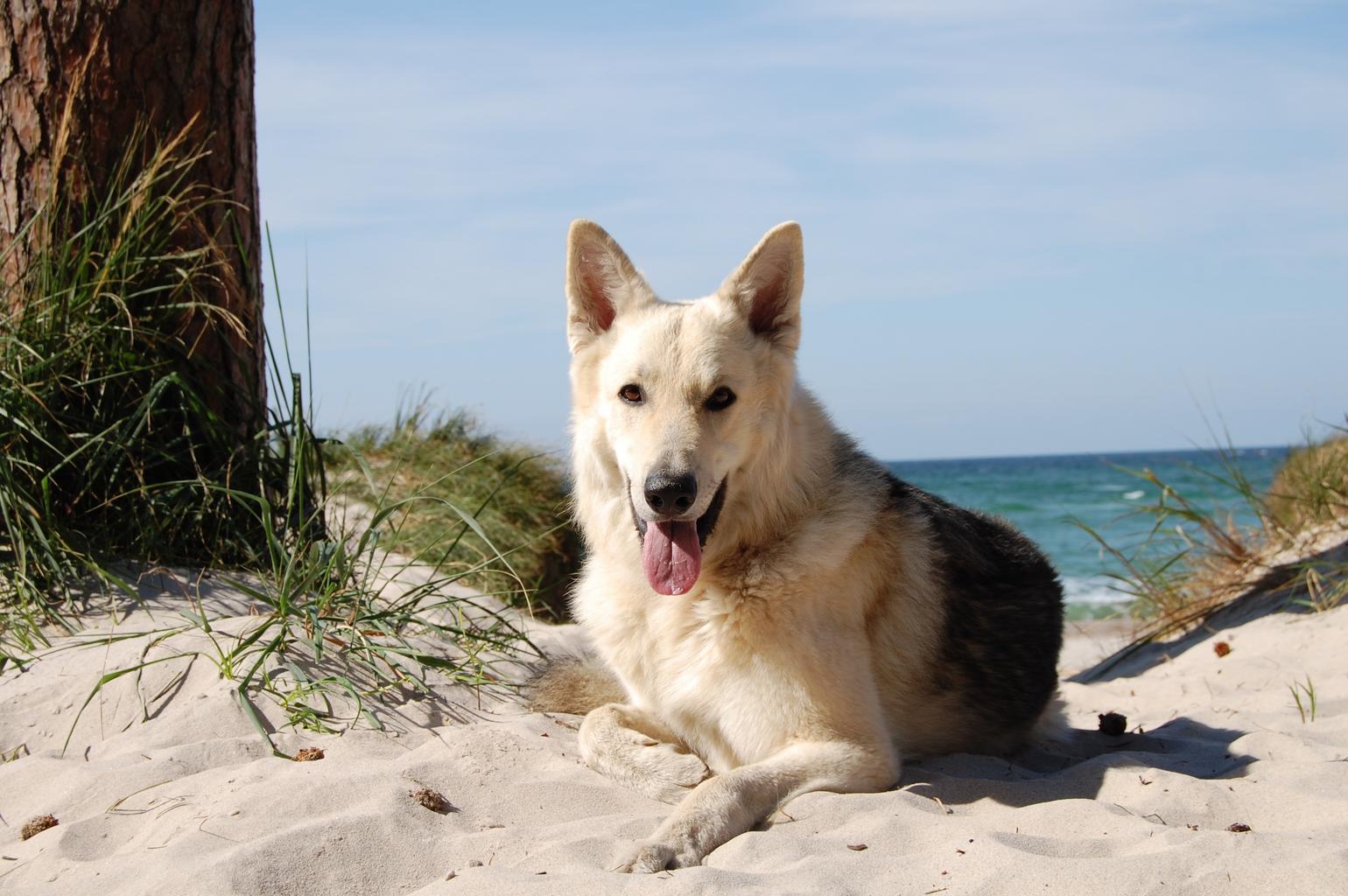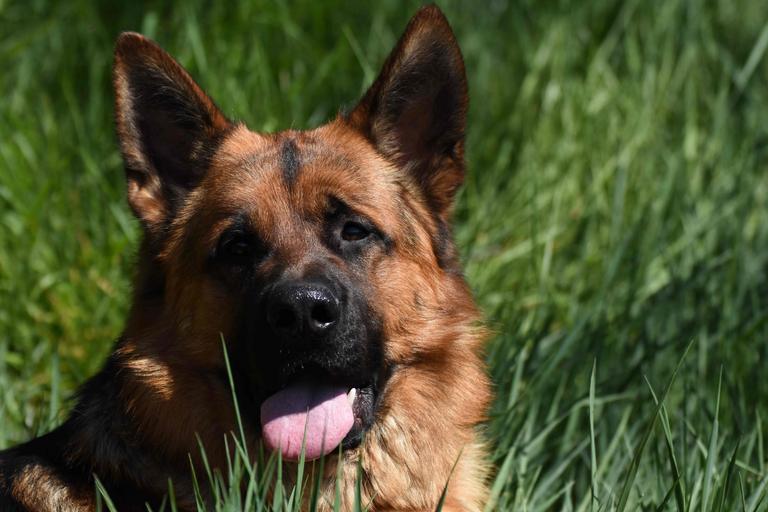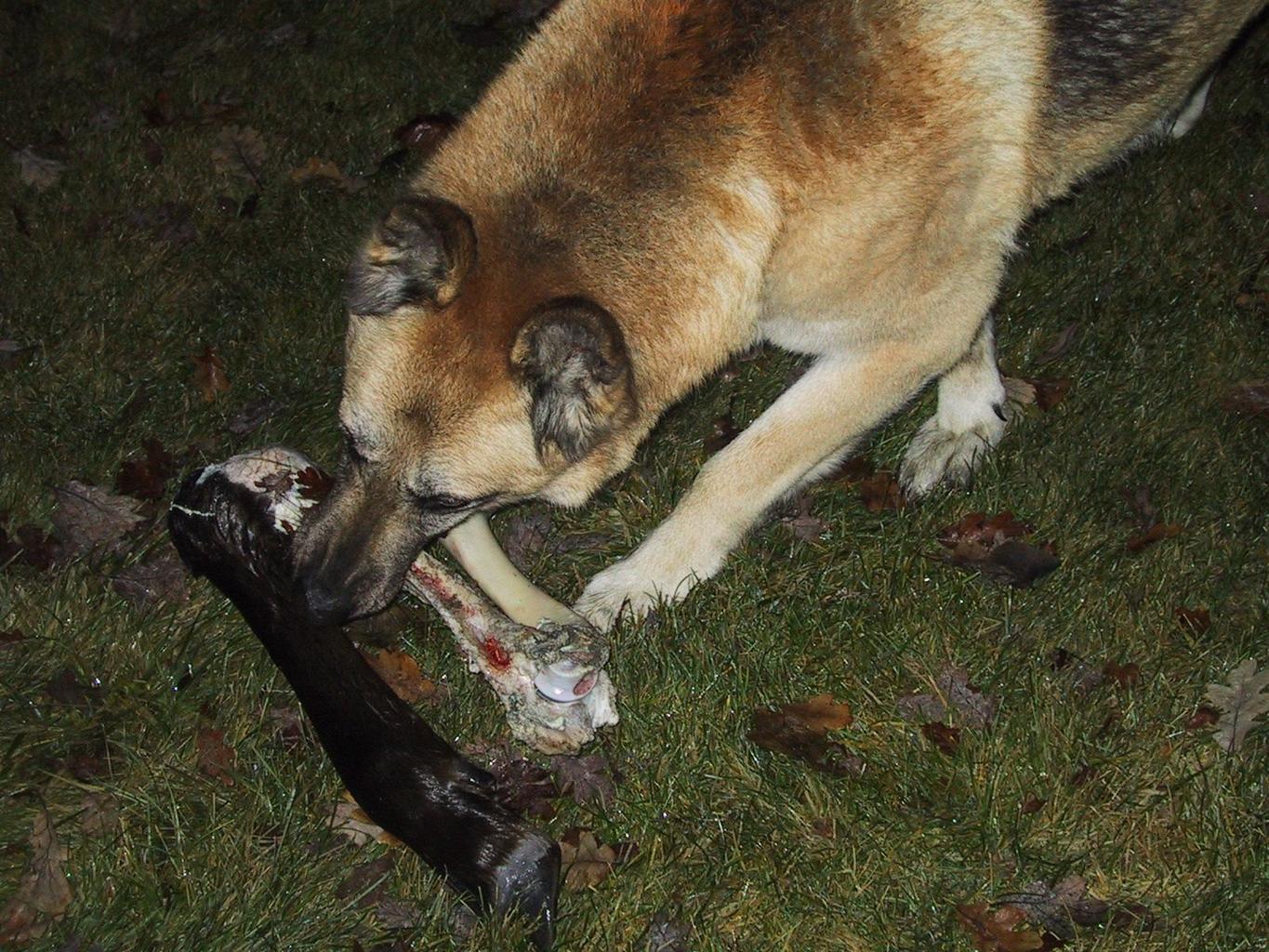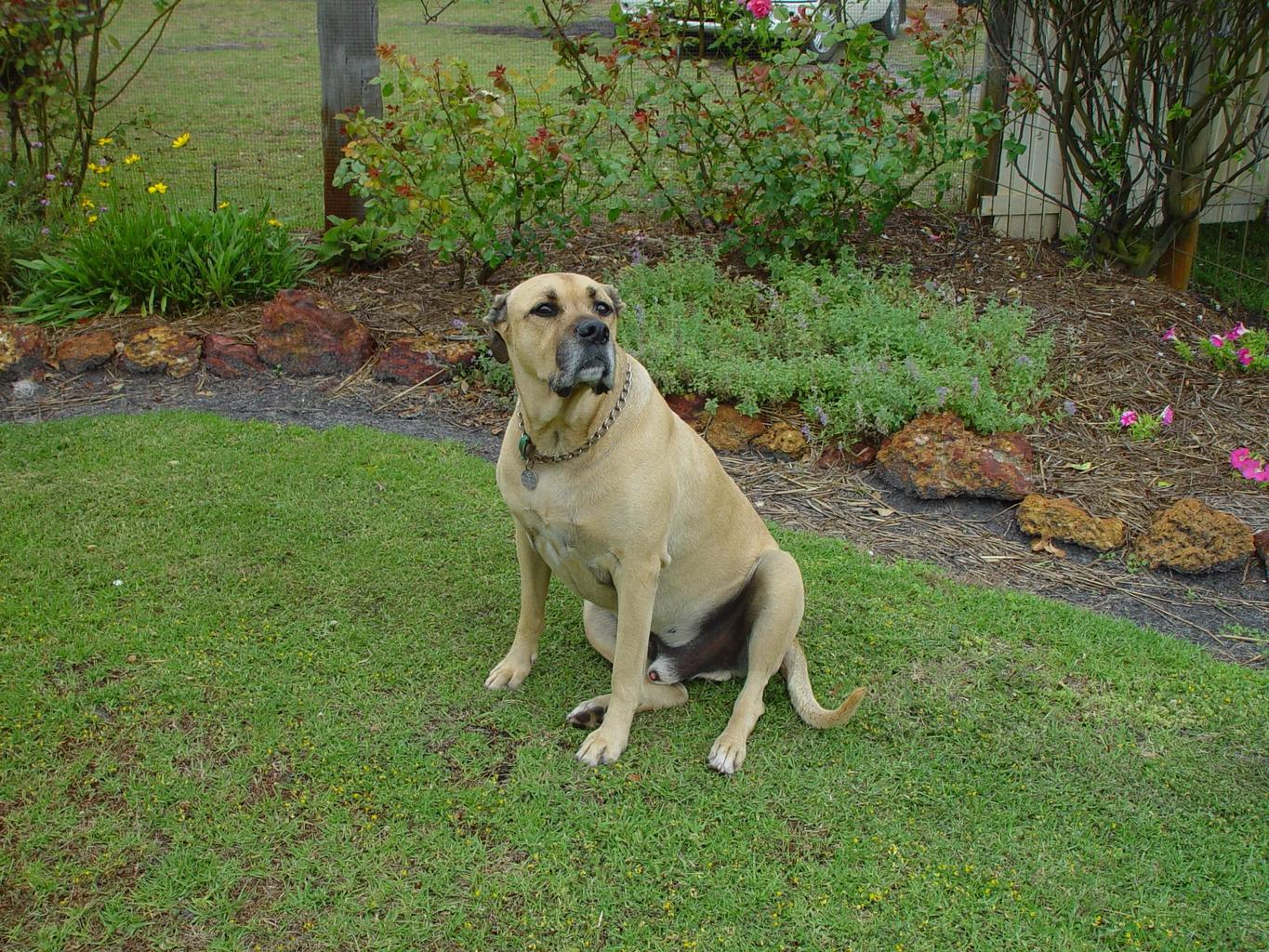Dogs are man’s best friend for a reason. They are loving, loyal, and undeniably adorable. However, understanding what they are trying to communicate can be challenging at times. One of the most significant ways a dog communicates is through their tail. In this article, we will explore how to master dog communication by decoding their tail wagging talk.
Get Fluent in Dog’s Language: Tail Wagging 101!
Tail wagging is a significant part of a dog’s body language. While many people assume that a wagging tail means a happy dog, this is not always the case. The speed, height, and direction of the wag can communicate different things. A broad, slow wag from side to side usually indicates a happy, relaxed dog. However, if the tail is held high and wagging stiffly, it could mean your dog is feeling aggressive or threatened. Paying attention to the subtleties of tail wagging is crucial to understanding your dog’s emotional state.
Another aspect to pay attention to is whether your dog’s tail is tucked between their legs. This usually indicates that they are scared or anxious. If your dog’s tail is wagging low and fast, they are likely feeling submissive. These are just a few examples of the many variations of tail wagging that dogs use to communicate.
Woof! Woof! How to Decode Your Pup’s Tail Talk!
Understanding tail wagging is not the only way to decode your dog’s tail talk. Other body language cues can help you understand what your dog is feeling. For example, a relaxed body posture, perked ears, and a slightly open mouth usually indicate a happy dog. On the other hand, a stiff body posture, flattened ears, and a closed mouth could mean that your dog is feeling threatened or scared.
It is also important to pay attention to your dog’s eyes. A relaxed, happy dog will have soft, squinty eyes, whereas a dog that is feeling anxious or aggressive will have wide, staring eyes. Finally, pay attention to your dog’s vocalizations. A happy, content dog will often make soft, low noises, whereas an anxious dog may whine or bark excessively.
Mastering dog communication takes time and practice, but by paying attention to their tail wagging talk and other body language cues, you can better understand your furry friend’s emotional state. Remember, a happy dog is a healthy dog, so taking the time to understand and communicate with them is crucial for their well-being.
